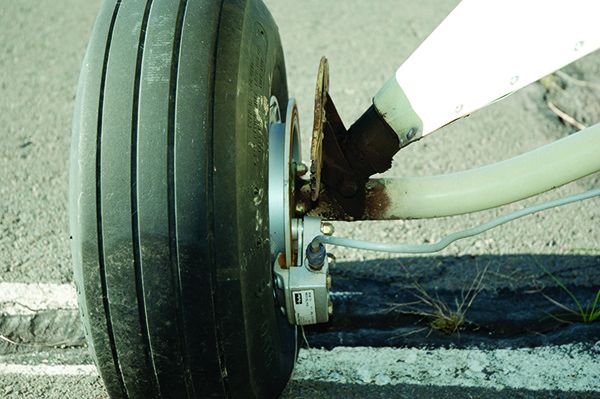Thanks to personal and professional responsibilities, I had been out of the cockpit for a few years. Eventually, the time and cash-flow limitations lessened and I found myself at the local FBO signing up to participate in their “rusty pilot” training program. The airplanes were in good shape and I was happy with the instruction, so it wasn’t long before I had completed the curriculum. Then someone took pity on me and signed off a BFR. I was good to go! A few days later, not having flown solo in several years, I scheduled a 172 for a late afternoon flight, just me and the airplane.
All was well when I took off for that solo flight. I wanted to just see the world from the air again, since the training regimen I had been in didn’t allow much looking at the scenery. I cruised over some landmarks I knew and eventually ended up headed toward a nearby non-towered airport my instructor and I had practiced at. I tuned its CTAF and didn’t hear anyone, so I thought this would be a good opportunity to get in a few solo landings before taking the Skyhawk back and calling it a day.
Despite having landed at this airport several times in recent weeks, my first attempt turned into an “arrival.” I didn’t leave dents in the runway, but discovered the 172 didn’t decelerate with only one aboard as well as it had with me and the instructor, and it floated a lot better. I dropped it in from about 10 feet, but at least it didn’t bounce.
As I applied the brakes to slow down in the run-up area, the Skyhawk veered to the right, aiming for a drainage ditch. I managed to stop before pranging anything, but couldn’t straighten out the nosewheel and had no left brake at all. I shut down, leaving the airplane blocking the taxiway, and hoofed it back to the airport office to see if any help was available.
There was, and we towed the 172 back to the ramp. I called the FBO to relate my predicament. One of the instructors showed up an hour later and declared the left brake line broken and the airplane unairworthy. We secured the airplane and he gave me a ride back to my car, arriving well after dark.
I learned that a fresh BFR doesn’t mean I was ready for everything, and that with only one aboard, light airplanes may behave differently, especially in the flare.
Have you encountered a situation or hazardous condition that yielded lessons on how to better manage the risks involved in flying? Do you have an experience to share with Aviation Safety’s readers about an occasion that taught you something significant about ways to conduct safer flight operations? If so, we want to hear about it.
We encourage you to submit a brief (500 words) write-up of your Learning Experience to Aviation Safety for possible publication. Each month, Aviation Safety publishes a collection of similar experiences sent to us by readers. Sharing with others the benefit of your experience and the lessons you learned can be an invaluable aid to other pilots.
You can send your account directly to the editor by e-mailing it to [email protected]. Put “Learning Experience Submission” in the subject line; add your name and daytime telephone number at the bottom of the e-mail.
Your report will be considered for publication in the Aviation Safety’s readers’ forum, “Learning Experiences,” and may be edited for style and length. Anonymity is guaranteed if you want it. No one but Aviation Safety’s editor is permitted access to the reports. Your name and telephone number are requested only so that the editor can contact you, if necessary.
While we can’t guarantee your submission will get published, we can guarantee that we’ll closely review and consider using it.
All Learning Experience submissions become the property of Aviation Safety and may be republished.




